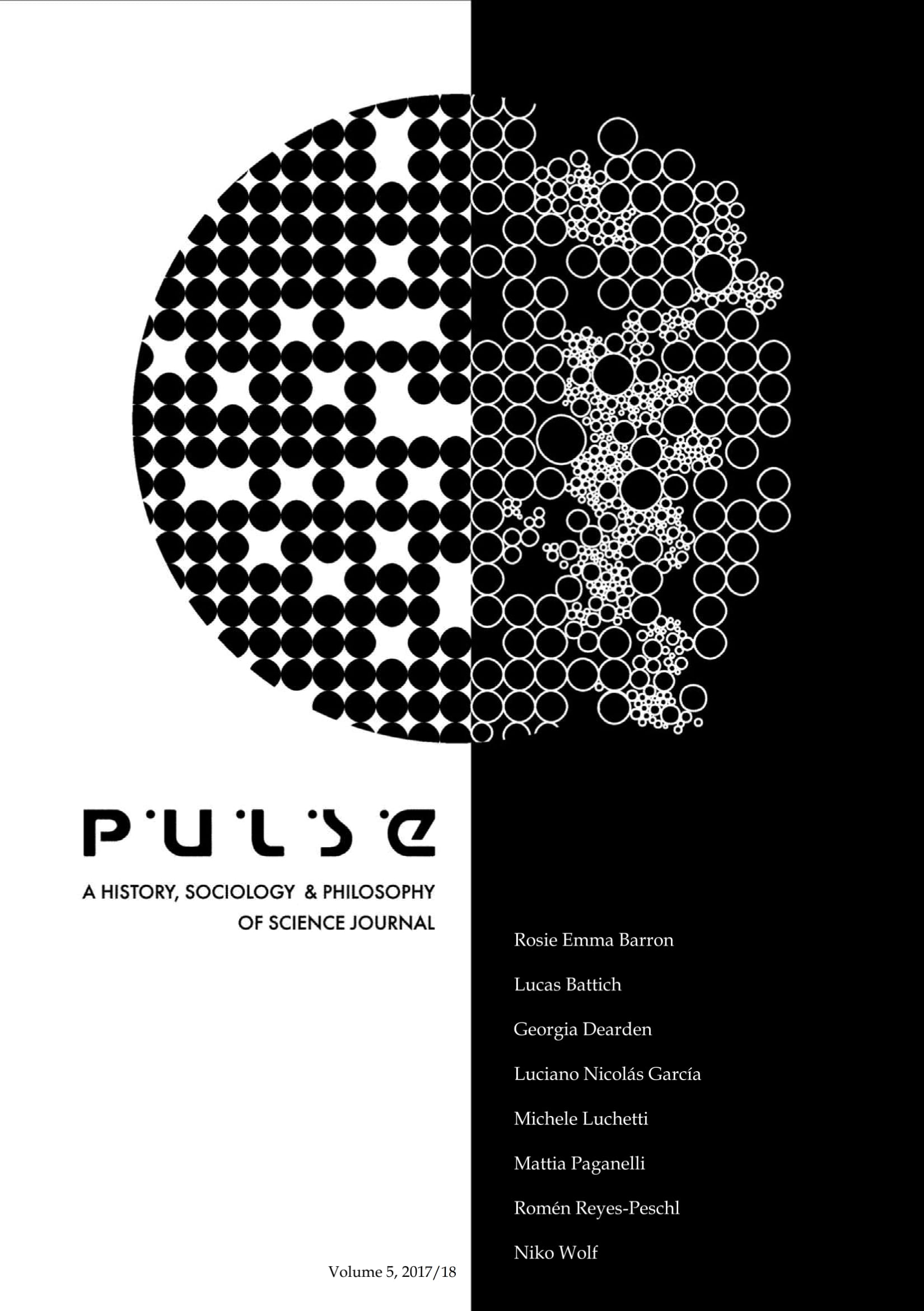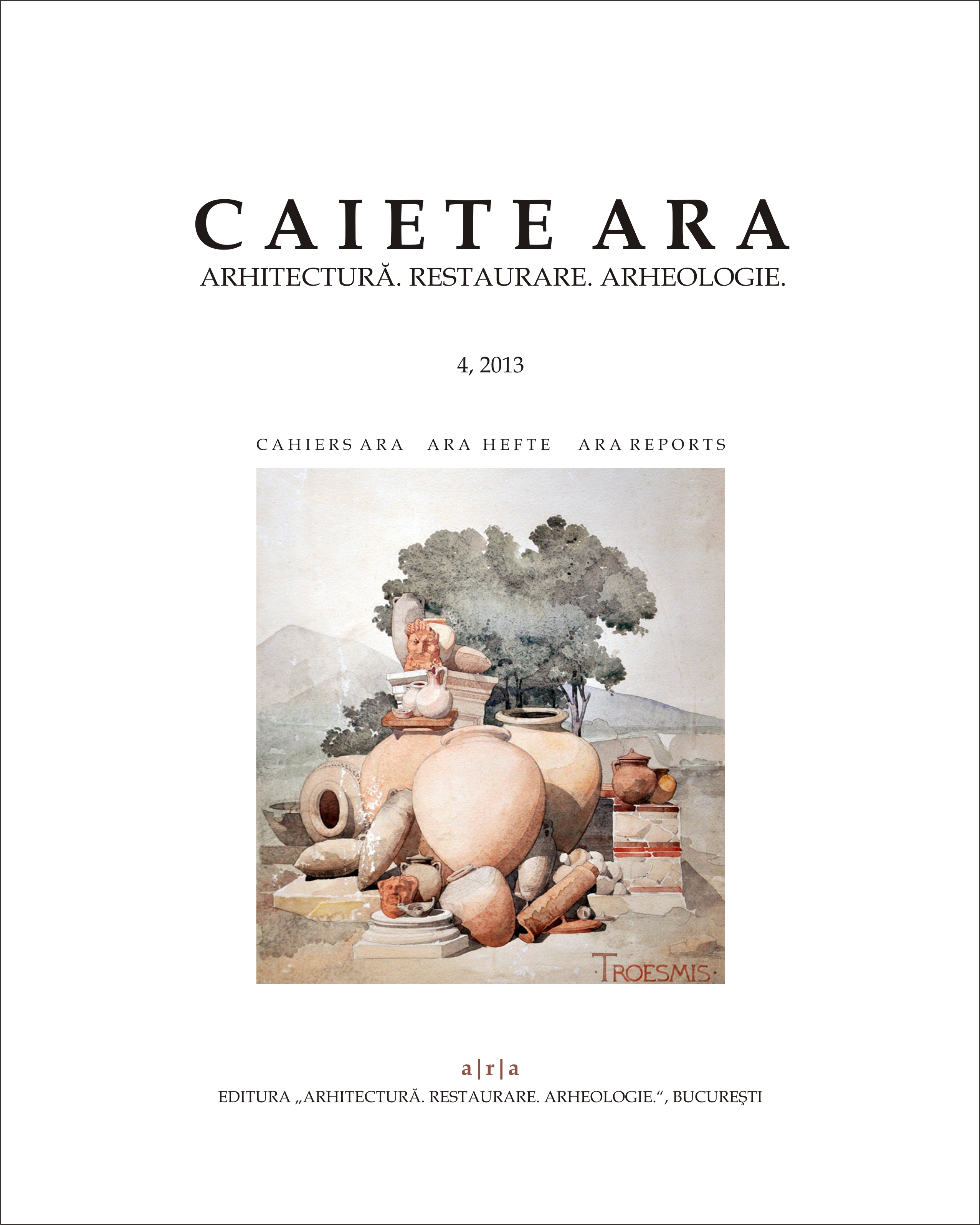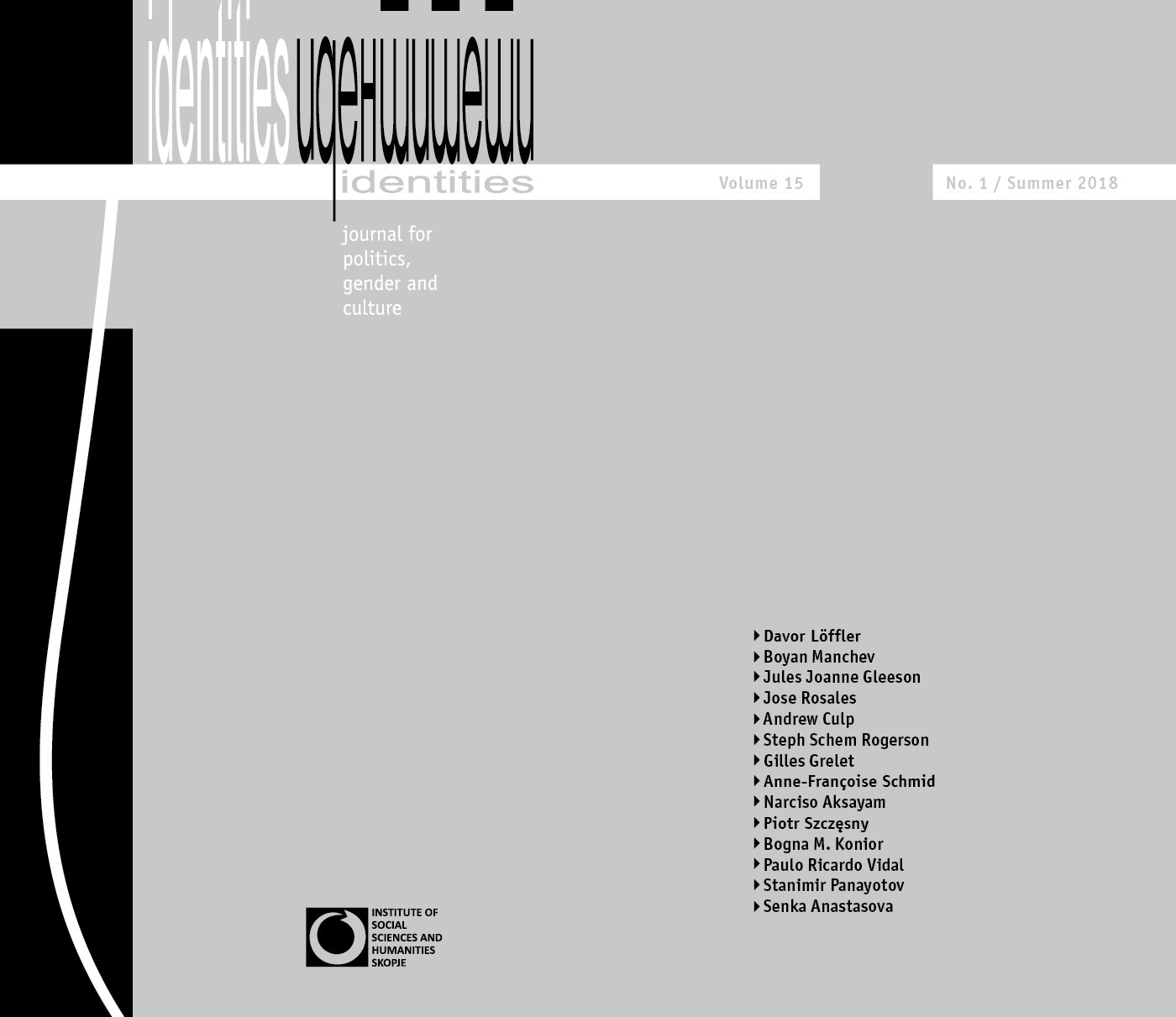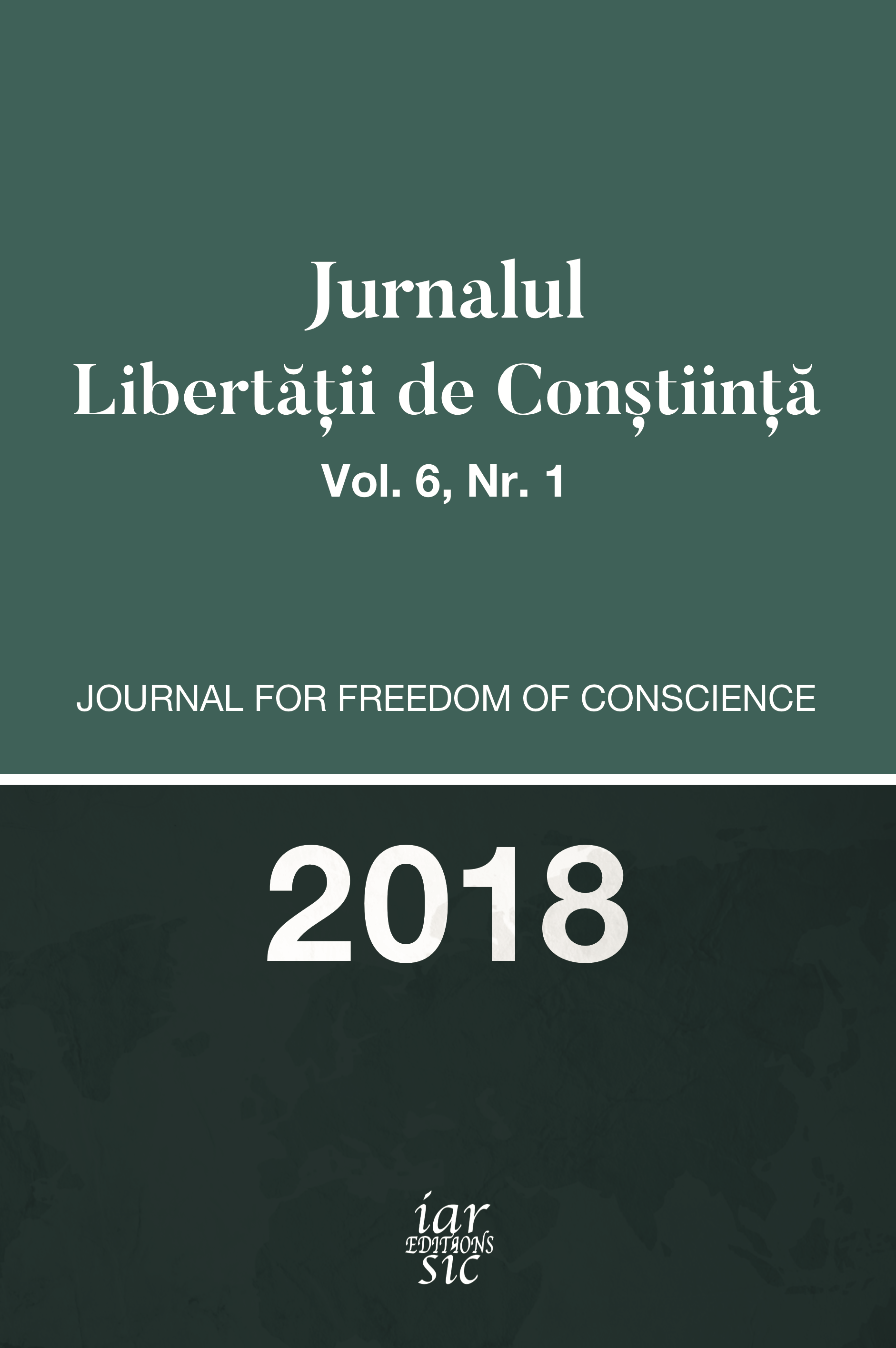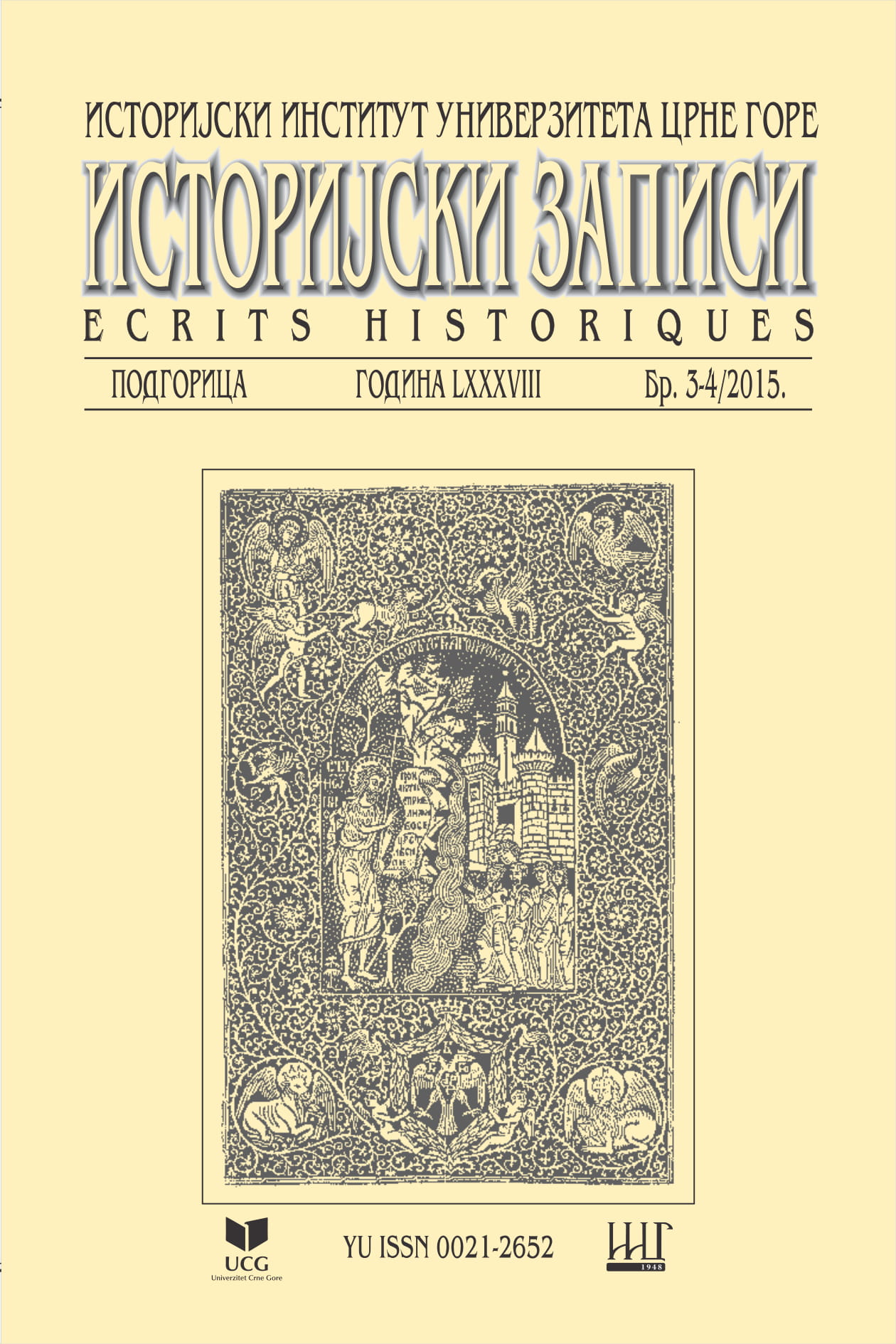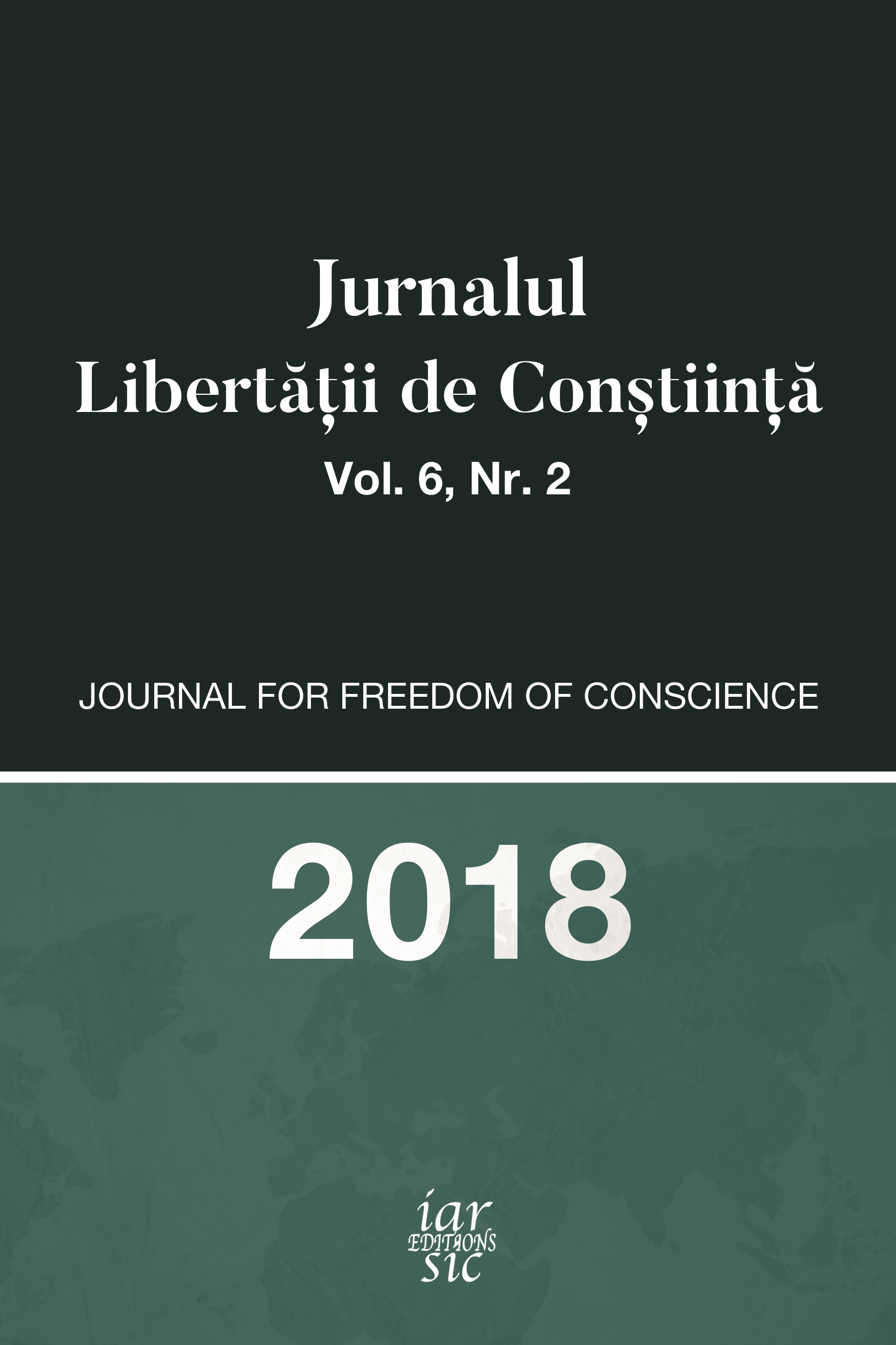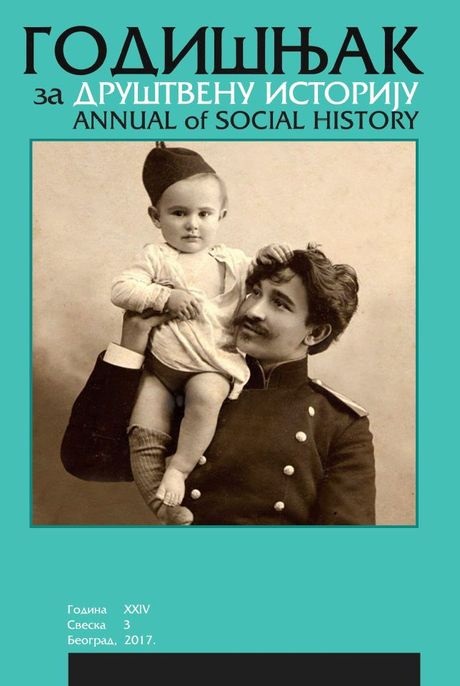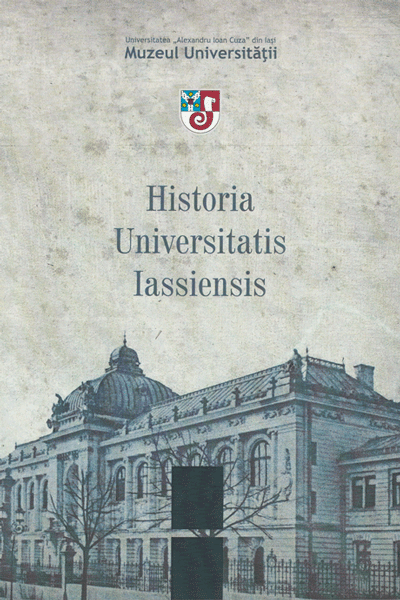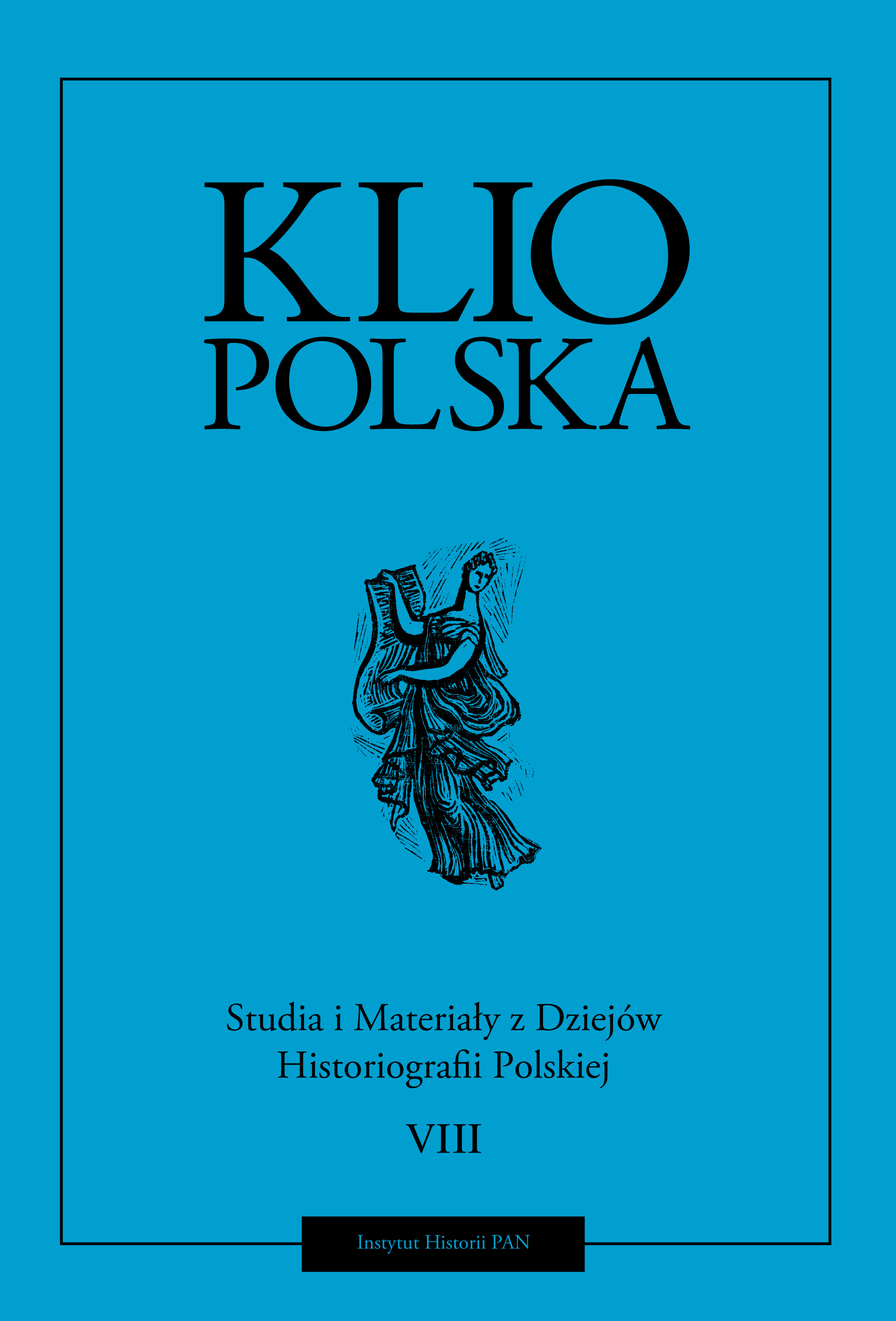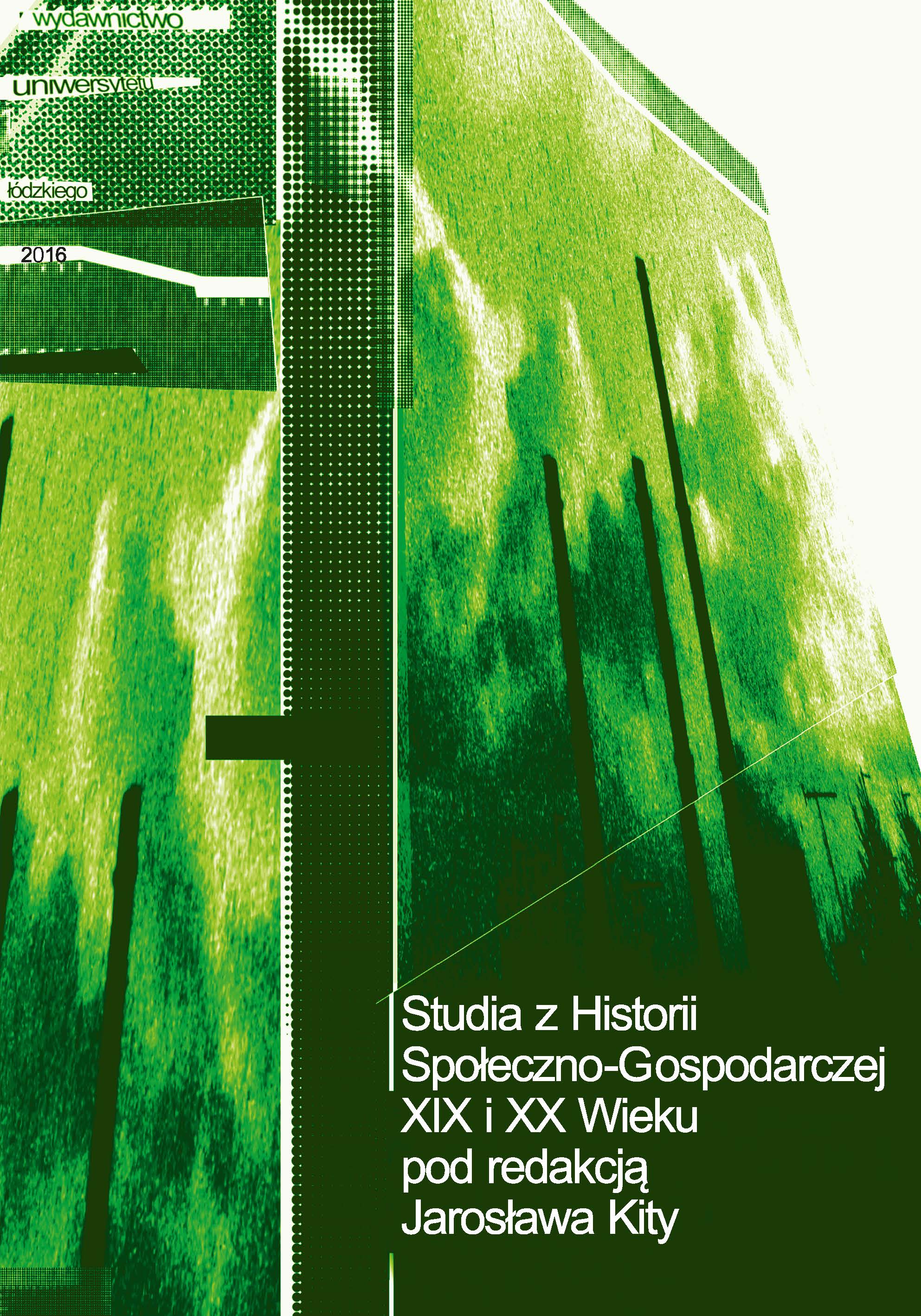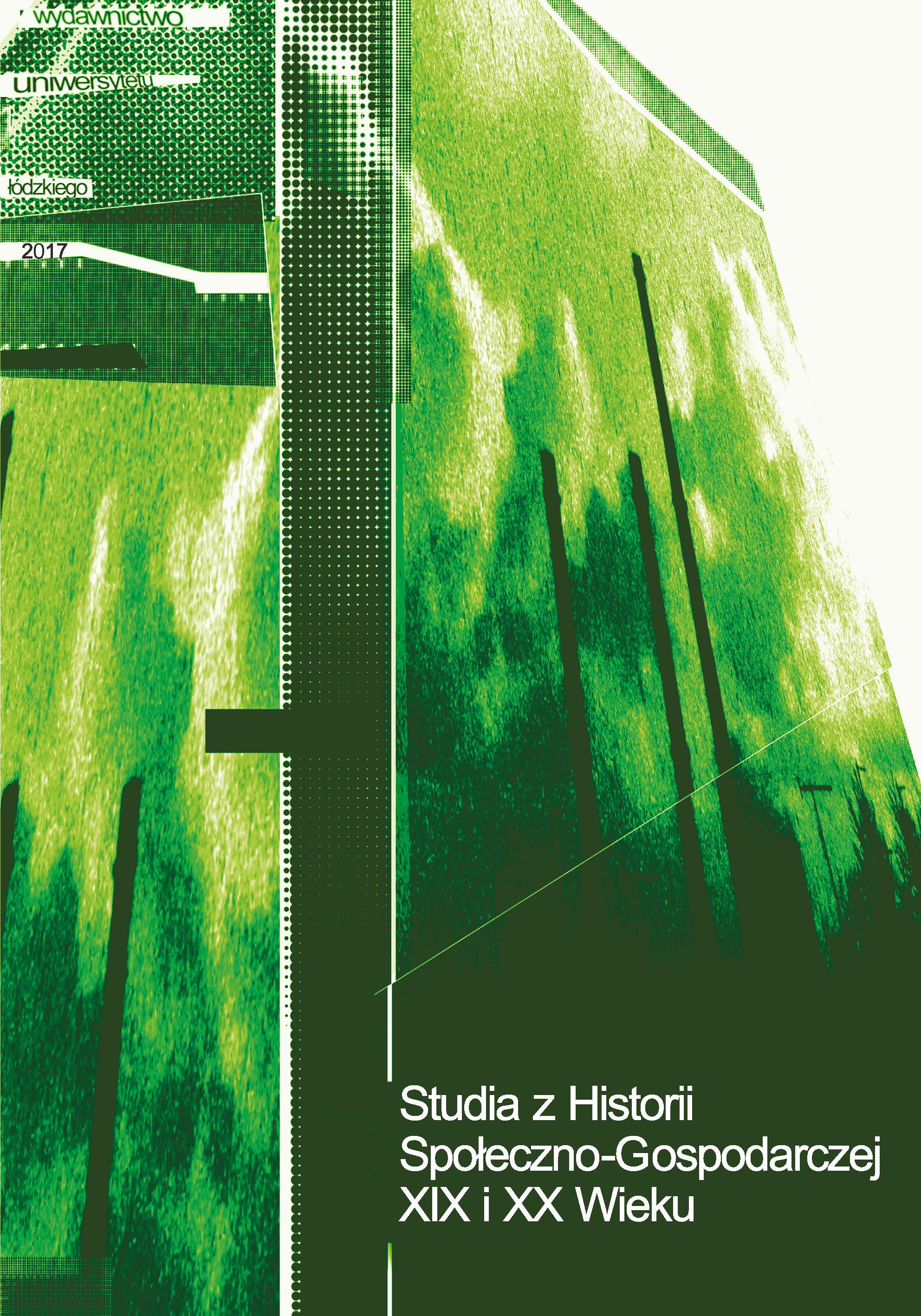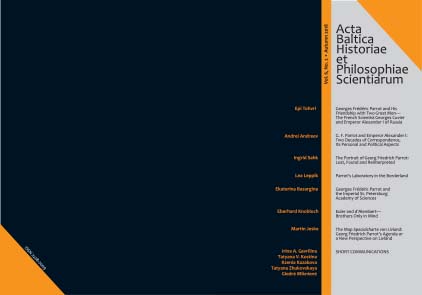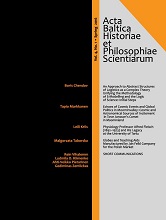
Physiology Professor Alfred Fleisch (1892–1973) and His Legacy at the University of Tartu
Alfred Fleisch’s period as Professor of Physiology and Chemistry at the University of Tartu (1926–1932) was highlighted by outstanding achievements—here he constructed various original devices for studying respiration and blood circulation, published his research results in specialised key magazines together with his Estonian assistant and wrote concise literature reviews for the world’s most authoritative manuals. Fleisch’s research legacy had an important influence on the directions of post-World War II physiological research at the University of Tartu. World War II shaped the history of continents and the fate of many researchers but did not sever the connection between generations of scholars, as the example of Fleisch’s research legacy demonstrates. The University of Tartu Museum’s collection includes both a device constructed by Fleisch as well as locally made modifications based on his instruments that were constructed later. Both the objects and archive material found in the museum collection allow us to study the less examined aspects of this topic more thoroughly.
More...
